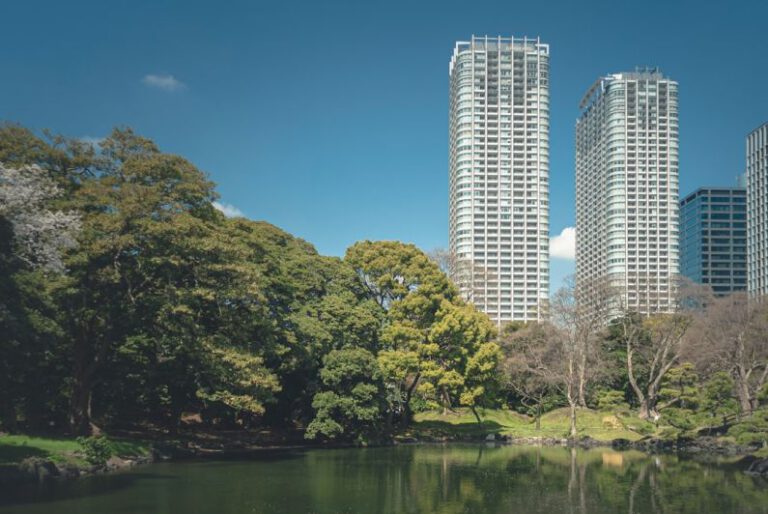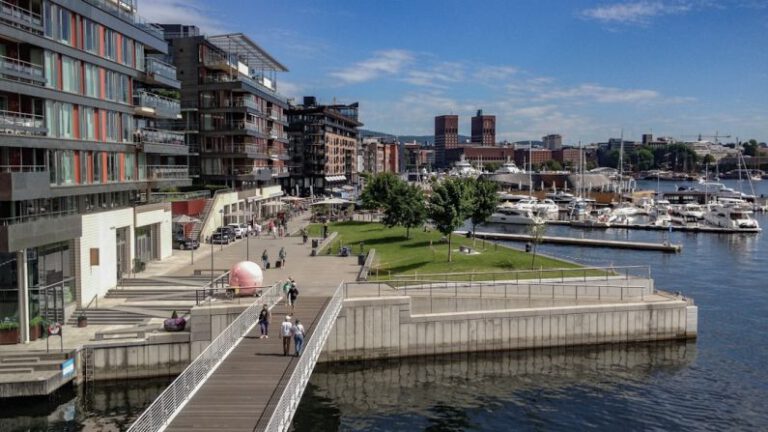Sponge Cities: China’s Answer to Urban Flooding
Urban flooding has become an increasingly prevalent issue in many cities around the world due to rapid urbanization, climate change, and inadequate infrastructure. In response to this challenge, China has pioneered the concept of Sponge Cities as a solution to mitigate the impact of flooding and enhance urban resilience. These innovative urban designs aim to mimic the natural water retention and absorption properties of sponges, hence the name “Sponge Cities.” Let’s delve deeper into how China is leading the way in creating more sustainable and flood-resilient urban environments.
Sponge City Initiative: A Holistic Approach to Water Management
The Sponge City initiative in China represents a holistic approach to water management that integrates green infrastructure, such as permeable pavements, green roofs, rain gardens, and constructed wetlands, with traditional grey infrastructure like underground storage tanks and stormwater tunnels. By combining these elements, Sponge Cities are designed to effectively capture, store, and purify rainwater, reducing the risk of flooding during heavy rainfall events.
By enhancing the natural water absorption capacity of urban areas, Sponge Cities help to alleviate pressure on conventional drainage systems and reduce the likelihood of surface water runoff overwhelming streets and causing flooding. Furthermore, the incorporation of green spaces and water features within Sponge Cities not only serves a functional purpose but also contributes to improving the overall quality of urban life by creating more sustainable and aesthetically pleasing environments.
Case Studies: Success Stories of Sponge Cities in China
Several cities in China have embraced the Sponge City concept and implemented innovative water management strategies to address the challenges of urban flooding. For example, the city of Wuhan has transformed its urban landscape by creating numerous green spaces and water retention areas that can absorb and store rainwater during heavy storms. These green infrastructure elements not only reduce the risk of flooding but also provide recreational spaces for residents to enjoy.
Another notable success story is the city of Shanghai, which has invested in a combination of green and grey infrastructure to enhance its resilience to flooding. By retrofitting existing urban areas with permeable surfaces and green roofs, Shanghai has significantly reduced the impact of heavy rainfall events on its streets and buildings. The city has also implemented a comprehensive stormwater management plan that includes the construction of underground storage tanks and retention ponds to capture excess water and prevent flooding.
Challenges and Opportunities for Sponge Cities
While the concept of Sponge Cities offers promising solutions to urban flooding, there are challenges that need to be addressed to ensure its successful implementation. One of the main obstacles is the high upfront costs associated with developing green infrastructure and retrofitting existing urban areas. However, the long-term benefits of reduced flooding risks, improved water quality, and enhanced urban livability justify the investment in Sponge City projects.
Additionally, effective governance and stakeholder engagement are crucial for the successful implementation of Sponge Cities. Collaboration between government agencies, urban planners, developers, and local communities is essential to ensure that water management strategies are integrated into the overall urban planning process. By fostering a shared vision and commitment to sustainable water management, cities can create resilient and adaptive urban environments that are better equipped to withstand the challenges of climate change.
In Conclusion: Building Resilient and Sustainable Cities
The concept of Sponge Cities represents a paradigm shift in urban water management, emphasizing the importance of integrating green and grey infrastructure to create more resilient and sustainable urban environments. By harnessing the natural water retention and absorption properties of sponges, cities can reduce the impact of flooding, improve water quality, and enhance the overall livability of urban areas.
As climate change continues to pose challenges to cities worldwide, adopting innovative approaches like Sponge Cities is essential to build resilience and adaptability in the face of environmental threats. By investing in sustainable water management strategies and embracing the principles of Sponge Cities, cities can pave the way for a more resilient and water-sensitive urban future.






